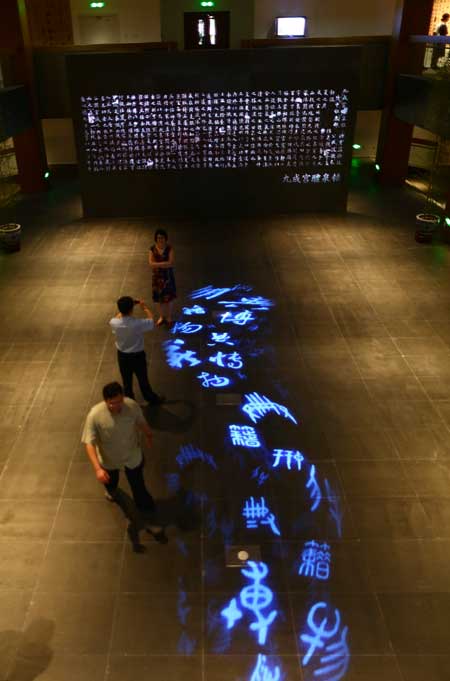 |
|
The National Museum of Classic Books is a treasure trove of rare and old books. [Photo provided to China Daily]
|
Highlights of the opening exhibition include:
Summa contra Gentiles, written by Thomas Aquinas, published between 1473 and 1477 in Venice, a Christian theological classic.
Emile, or On Education, published in Geneva in 1788, considered the most important work of Swiss philosopher Jean-Jacques Rousseau.
Biblia Sacra: Vulgatae Editionis Sixti V. Pont. Max, published in Antwerp in 1624, also known as a version of the Bible and once the 16th-century Catholic church's official Latin Bible in the face of Protestant reformation.
Hortus Eystettenisis, written by Basilius Besler, published in Nuremberg in 1613, a luxurious gardening reference book in Latin that used the biggest printing paper at the time.
The museum has about 2.75 million copies of ancient classics (published before 1911) including those from metal and stone rubbings, rare books and old maps.
Some 800 "most precious" items will be displayed at the opening for visitors.
The world's largest oracle-bone script, written on ox scapulae (the other major types of oracle-bone scripts were written on tortoise shell), and rare stone carvings of the country's top calligraphy models are also ready for public viewing.
Classics written in non-Han Chinese languages will also be showcased at the exhibition. The list involves Tangut script and old Uygur alphabets, both extinct writing systems from western China.
